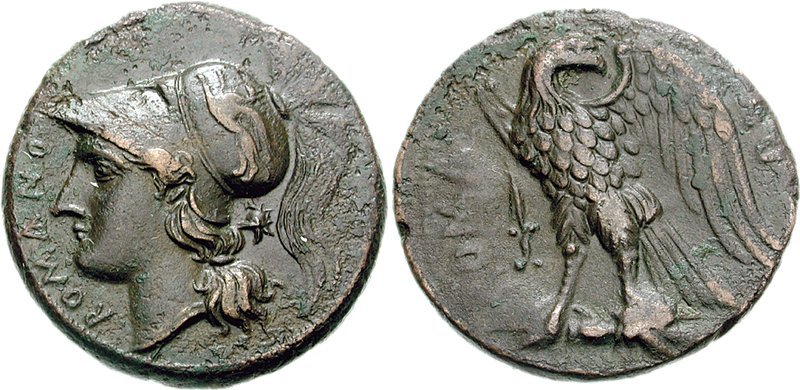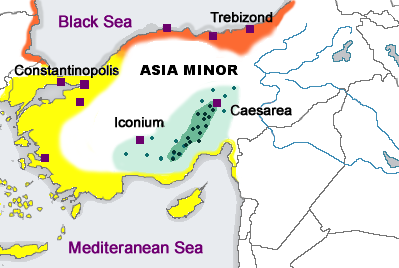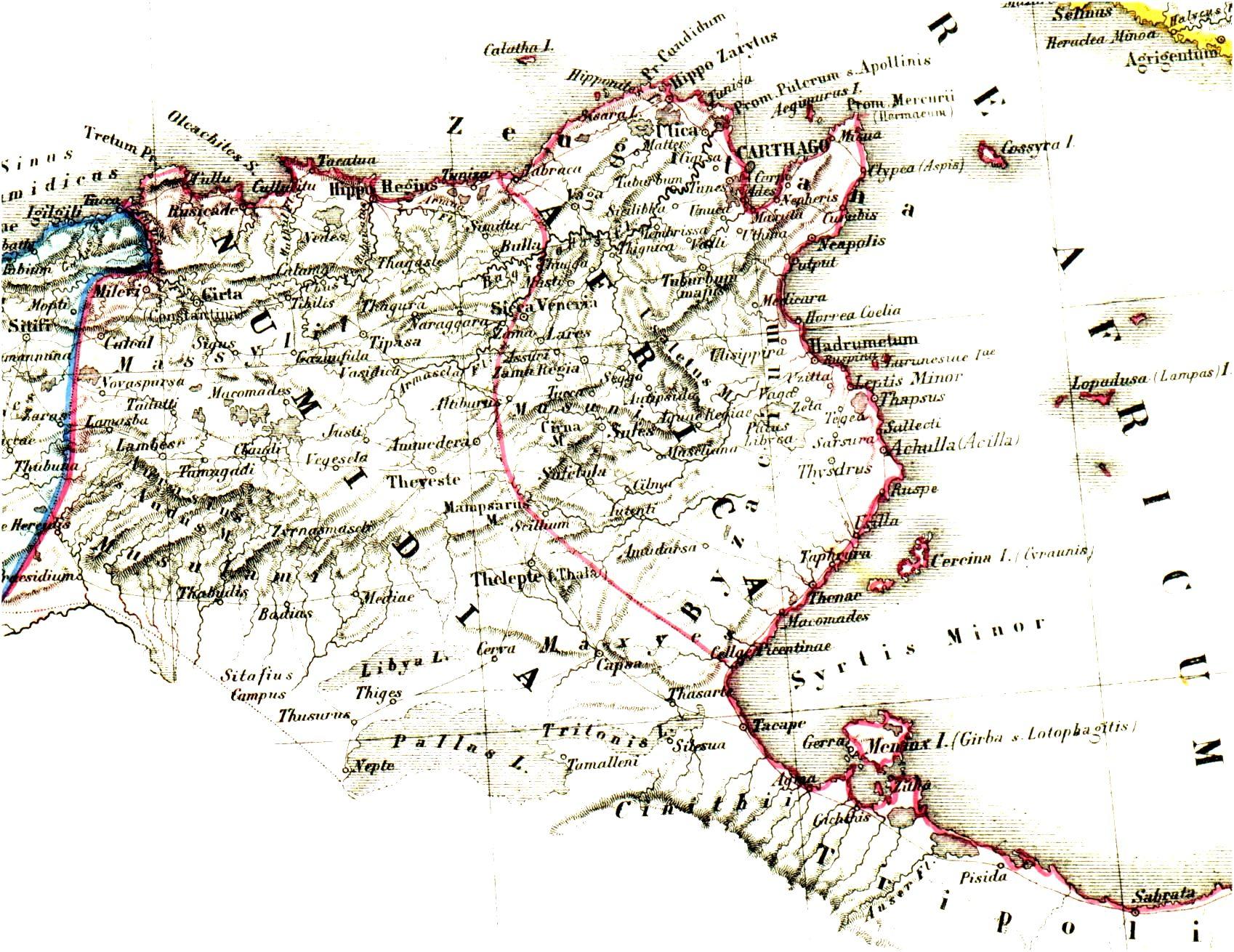|
Sicilian Arabic
Siculo-Arabic or Sicilian Arabic is a group of Arabic variaties that were spoken in the Emirate of Sicily (which included Malta) from the 9th century, persisting under the subsequent Norman rule until the 13th century. It was derived from Arabic following the Abbasid conquest of Sicily in the 9th century and gradually marginalized following the Norman conquest in the 11th century. Siculo-Arabic is extinct and is designated as a historical language that is attested only in writings from the 9th–13th centuries in Sicily. However, present-day Maltese is considered to be its sole surviving descendant. Maltese evolved from one of the dialects of Siculo-Arabic over the past 800 years and a gradual process of Latinisation that gave Maltese a significant superstrate influence from Romance languages. By contrast, present-day Sicilian, which is an Italo-Dalmatian language, retains relatively little Siculo-Arabic vocabulary; its influence is limited to some 300 words. History Intr ... [...More Info...] [...Related Items...] OR: [Wikipedia] [Google] [Baidu] |
Emirate Of Sicily
The island of SicilyIn Arabic, the island was known as (). was under Islam, Islamic rule from the late ninth to the late eleventh centuries. It became a prosperous and influential commercial power in the Mediterranean Sea, Mediterranean, with its capital of Palermo serving as a major cultural and political center of the Muslim world. Sicily was a peripheral part of the Byzantine Empire when Muslim forces from Ifriqiya (roughly present-day Tunisia) began launching raids in 652. During the reign of the Aghlabid dynasty of Ifriqiya, a Muslim conquest of Sicily, prolonged series of conflicts from 827 to 902 resulted in the gradual conquest of the entire island, with only the stronghold of Rometta, in the far northeast, Siege of Rometta, holding out until 965. The Fatimid Caliphate replaced Aghlabid rule after 909. From 948 onwards, the island was governed by the Kalbid dynasty, who ruled as autonomous emirs while formally acknowledging Fatimid authority. Under Muslim rule, Sicily ... [...More Info...] [...Related Items...] OR: [Wikipedia] [Google] [Baidu] |
Sicilian Language
Sicilian (, ; ) is a Romance languages, Romance language that is spoken on the island of Sicily and its satellite islands. It belongs to the broader Extreme Southern Italian language group (in Italian ). ''Ethnologue'' (see #Ethnologue report, below for more detail) describes Sicilian as being "distinct enough from Italian language, Standard Italian to be considered a separate language", and it is recognized as a minority language by UNESCO. It has been referred to as a language by the Sicilian Region. It has the oldest literary tradition of the Italo-Dalmatian languages, Italo-Romance languages. A version of the ''UNESCO Courier'' is also available in Sicilian. Status Sicilian is spoken by most inhabitants of Sicily and by emigrant populations around the world. The latter are found in the countries that attracted large numbers of Sicilians, Sicilian immigrants during the course of the past century or so, especially the United States (specifically in the Gravesend, Brooklyn ... [...More Info...] [...Related Items...] OR: [Wikipedia] [Google] [Baidu] |
Messina
Messina ( , ; ; ; ) is a harbour city and the capital city, capital of the Italian Metropolitan City of Messina. It is the third largest city on the island of Sicily, and the 13th largest city in Italy, with a population of 216,918 inhabitants in the city proper and about 595,948 in the metropolitan city as of 2025. It is located near the northeast corner of Sicily, at the Strait of Messina and it is an important access terminal to Calabria region, Villa San Giovanni, Reggio Calabria on the mainland. Founded by the Sicels with the name of ''Zancle'' in 757 BC, which in Siculian, their language meant sickle, it was repopulated by Greek colonisation, Greek colonists of Magna Graecia and renamed ''Messana''. The city was renamed ''Messina'' in the Byzantine Empire, Byzantine age. It was an important Roman Empire, Roman, and then Byzantine Empire, Greek-Byzantine city, but in 843 it was completely destroyed by the Arabs. Almost abandoned during the Islamic period, it rose again i ... [...More Info...] [...Related Items...] OR: [Wikipedia] [Google] [Baidu] |
Noto
Noto (; ) is a city and in the Province of Syracuse, Sicily, Italy. It is southwest of the city of Syracuse at the foot of the Iblean Mountains. It lends its name to the surrounding area Val di Noto. In 2002 Noto and its church were declared a UNESCO World Heritage Site. Etymology Noto is regarded as having a possible Ancient Greek etymology. Likely, the name is derived from "south" (Greek: Νότιο ''Notio''), as in Notion. History The old town, Noto Antica, lies directly north on Mount Alveria. A city of Sicel origin, it was known as Netum in ancient times. In 263 BCE the city was granted to Hiero II by the Romans. According to legend, Daedalus stayed in the city after his flight over the Ionian Sea, as did Hercules after his seventh task. During the Roman era, it opposed the magistrate Verres. In 866, the Muslims conquered the city and named it ''Nawṭis'', elevating it to the capital of one of Sicily’s three districts, the Val di Noto. It remained an ... [...More Info...] [...Related Items...] OR: [Wikipedia] [Google] [Baidu] |
Enna
Enna ( or ; ; , less frequently ), known from the Middle Ages until 1926 as Castrogiovanni ( ), is a city and located roughly at the center of Sicily, southern Italy, in the province of Enna, towering above the surrounding countryside. It has earned the nicknames (panoramic viewpoint) and ("navel") of Sicily. It has about 25,000 inhabitants. At above sea level, Enna is the highest Italian provincial capital. History Enna is situated near the center of the island; whence the Roman writer Cicero called it ''Mediterranea maxime'', reporting that it was within a day's journey of the nearest point on all the three coasts. The peculiar situation of Enna is described by several ancient authors, and is one of the most remarkable in Sicily. The ancient city was placed on the level summit of a gigantic hill, surrounded on all sides with precipitous cliffs almost wholly inaccessible. The few paths were easily defended, and the city was abundantly supplied with water which gushes from ... [...More Info...] [...Related Items...] OR: [Wikipedia] [Google] [Baidu] |
Butera
Butera ( Sicilian: ''Vutera'') is an Italian town and commune in the province of Caltanissetta, in the southern part of the island of Sicily. It is bounded by the communes of Gela, Licata, Mazzarino, Ravanusa and Riesi. It is located from Caltanissetta, the province's capital, and has a population of 4,081. Etymology The etymology of the name ''Butera'' is debated. One hypothesis is that the name is of Arabic origin. Butera was called ''Butirah'' by the Arabs, which means "steep place". The Arabic demonym ''al-Buthayri'' was used to refer to a person from Butera (Arabic: ''Buthayr''). Butera is also a common name of people in Rwanda (East Africa) where most of men and boys are given this name as a sign of strength. Another would suggest that the name "Butera" is of Greek origin, and several contemporary scholars tend to reject the Arabic theory of Butera's etymology. This is upheld by Giovan Battista Pellegrini, who claims that "The Arabic form for Butera, always wit ... [...More Info...] [...Related Items...] OR: [Wikipedia] [Google] [Baidu] |
Agrigento
Agrigento (; or ) is a city on the southern coast of Sicily, Italy and capital of the province of Agrigento. Founded around 582 BC by Greek colonists from Gela, Agrigento, then known as Akragas, was one of the leading cities during the golden age of Ancient Greece. The city flourished under Theron's leadership in the 5th century BC, marked by ambitious public works and the construction of renowned temples. Despite periods of dormancy during the Punic Wars, Agrigento emerged as one of Sicily's largest cities in the Republican era. During the Principate, Agrigento's strategic port and diverse economic ventures, including sulfur mining, trade and agriculture, sustained its importance throughout the high and late Empire. Economic prosperity persisted in the 3rd to 4th centuries AD, but excavations show decline in activity after the 7th century. Agrigento is also the place of birth to several notable personalities, among which it is worth to mention Empedocles (5th century BC), ... [...More Info...] [...Related Items...] OR: [Wikipedia] [Google] [Baidu] |
Palermo
Palermo ( ; ; , locally also or ) is a city in southern Italy, the capital (political), capital of both the autonomous area, autonomous region of Sicily and the Metropolitan City of Palermo, the city's surrounding metropolitan province. The city is noted for its history, culture, architecture and gastronomy, playing an important role throughout much of its existence; it is over 2,700 years old. Palermo is in the northwest of the island of Sicily, by the Gulf of Palermo in the Tyrrhenian Sea. The city was founded in Isla Palermo 734 BC by the Phoenicians as ("flower"). Palermo then became a possession of Ancient Carthage, Carthage. Two ancient Greeks, Greek ancient Greek colonization, colonies were established, known collectively as ; the Carthaginians used this name on their coins after the 5th centuryBC. As , the town became part of the Roman Republic and Roman Empire, Empire for over a thousand years. From 831 to 1072 the city was under History of Islam in south ... [...More Info...] [...Related Items...] OR: [Wikipedia] [Google] [Baidu] |
Eastern Orthodox Church
The Eastern Orthodox Church, officially the Orthodox Catholic Church, and also called the Greek Orthodox Church or simply the Orthodox Church, is List of Christian denominations by number of members, one of the three major doctrinal and jurisdictional groups of Christianity, with approximately 230 million baptised members. It operates as a Communion (Christian), communion of autocephalous churches, each governed by its Bishop (Orthodox Church), bishops via local Holy Synod, synods. The church has no central doctrinal or governmental authority analogous to the pope of the Catholic Church. Nevertheless, the Ecumenical Patriarch of Constantinople is recognised by them as ''primus inter pares'' (), a title held by the patriarch of Rome prior to 1054. As one of the oldest surviving religious institutions in the world, the Eastern Orthodox Church has played an especially prominent role in the history and culture of Eastern Europe, Eastern and Southeastern Europe. Since 2018, the ... [...More Info...] [...Related Items...] OR: [Wikipedia] [Google] [Baidu] |
Church Of Santa Maria Dell'Ammiraglio
The Church of St. Mary of the Admiral (), also called Martorana, is the seat of the ''Parish of San Nicolò dei Greci'' (), overlooking the Piazza Bellini, next to the Norman church of San Cataldo and facing the Baroque church of Santa Caterina, in Palermo, Italy. The church is a co-cathedral to the Eparchy of Piana degli Albanesi of the Italo-Albanian Catholic Church, a diocese which includes the Italo-Albanian (''Arbëreshë'') communities in Sicily who officiate the liturgy according to the Byzantine Rite in the Koine Greek language and Albanian language. The Church bears witness to the Eastern religious and artistic culture still present in Italy today, further enhanced by the Albanian exiles who took refuge in southern Italy and Sicily from the 15th century under the pressure of Turkish- Ottoman persecutions in Albania and the Balkans. The latter influence has left considerable traces in the painting of icons, in the religious rite, in the language of the parish, in ... [...More Info...] [...Related Items...] OR: [Wikipedia] [Google] [Baidu] |
Byzantine Greek Language
Medieval Greek (also known as Middle Greek, Byzantine Greek, or Romaic; Greek: ) is the stage of the Greek language between the end of classical antiquity in the 5th–6th centuries and the end of the Middle Ages, conventionally dated to the Ottoman conquest of Constantinople in 1453. From the 7th century onwards, Greek was the only language of administration and government in the Byzantine Empire. This stage of language is thus described as Byzantine Greek. The study of the Medieval Greek language and literature is a branch of Byzantine studies, the study of the history and culture of the Byzantine Empire. The conquests of Alexander the Great, and the ensuing Hellenistic period, had caused Greek to spread throughout Anatolia and the Eastern Mediterranean. The beginning of Medieval Greek is occasionally dated back to as early as the 4th century, either to 330 AD, when the political centre of the Roman Empire was moved to Constantinople, or to 395 AD, the division o ... [...More Info...] [...Related Items...] OR: [Wikipedia] [Google] [Baidu] |
African Romance
African Romance, African Latin or Afroromance is an extinct Romance languages, Romance language that was spoken in the various provinces of Africa (Roman province), Roman Africa by the African Romans under the later Roman Empire and its various post-Roman successor states in the region, including the Vandal Kingdom, the Byzantine Empire, Byzantine-administered Exarchate of Africa and the Berbers, Berber Mauro-Roman Kingdom. African Romance is poorly attested as it was mainly a Spoken language, spoken, vernacular language''.'' There is little doubt, however, that by the early 3rd century AD, some native provincial variety of Latin was fully established in Africa.' After the Muslim conquest of the Maghreb, conquest of North Africa by the Umayyad Caliphate in 709 AD, this language survived through to the 12th century in various places along the North African coast and the immediate littoral,' with evidence that it may have persisted up to the 14th century,' and possibly even the 15 ... [...More Info...] [...Related Items...] OR: [Wikipedia] [Google] [Baidu] |









